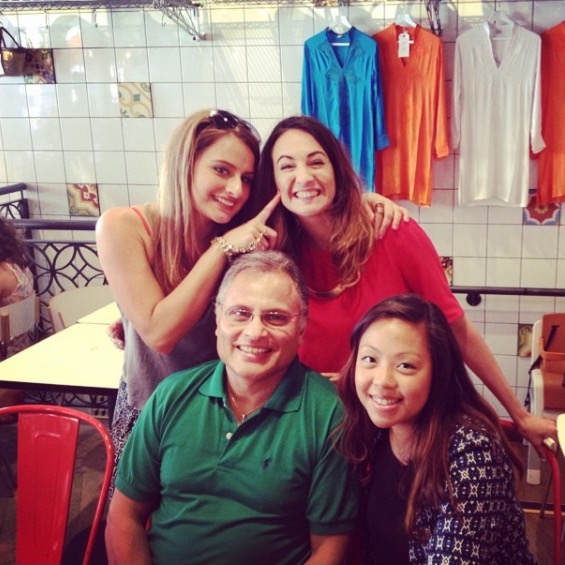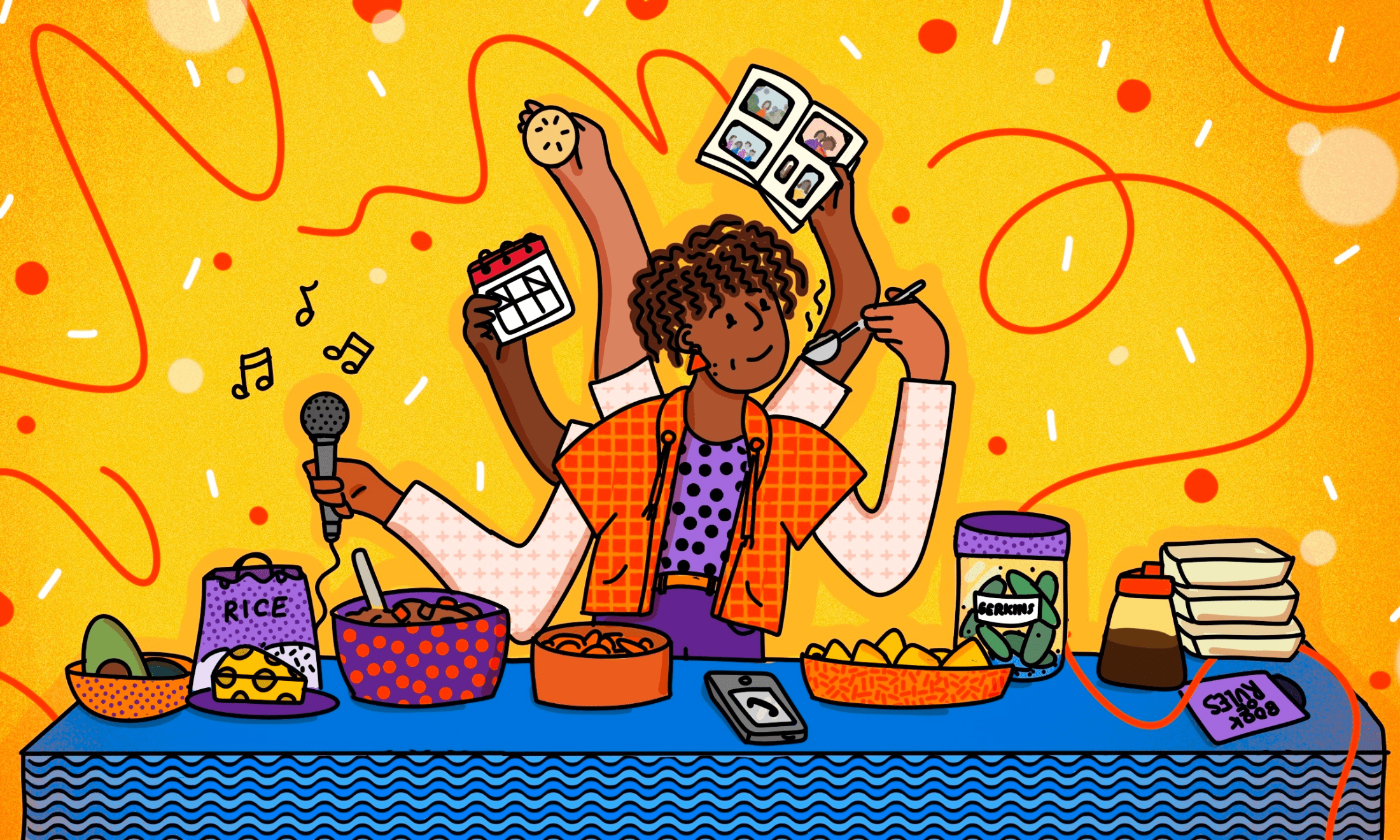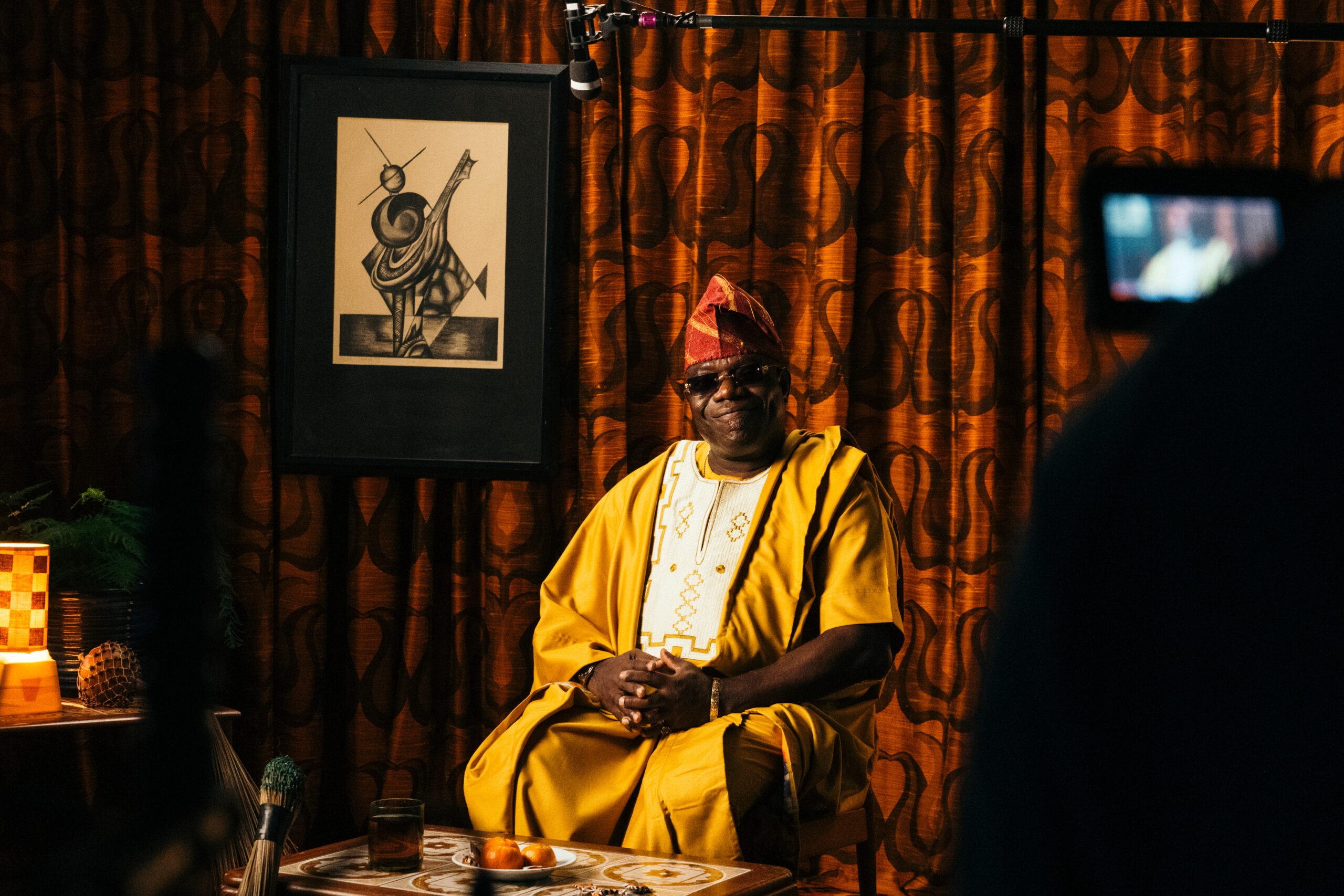
Over the past year, I’ve been working with labels. Not clothing labels, or record labels, but people labels. It’s something I’ve been studying, in fact, in great detail in order to find my feet as I migrate from a career in teaching to the world of broadcast and performance. As I find myself gaining more insight, I get to grips with branding myself as a personality so that I can attract work from the right platforms. Maybe if I’m lucky, I can apply for a BAME presenter role, that’s if they would have me.
The problem is, that my label has become somewhat invalid, out of stock and unrecognised. This doesn’t just sit in the broadcast department, but it’s an issue I’ve been grappling with for as long as I can remember.
“You’re brown, have you been on holiday?” was a question I would often get asked as a child walking beside my white mother.
‘My label has become somewhat invalid, out of stock and unrecognised’
“No” I’d mumble, “I’m a bit Indian.”
A bit Indian? What a crummy response. In my six-year-old self’s defence, this crummy response is a response I still find myself returning to again and again.
My mother is English (of Jewish descent) born in Kilburn, raised in Wandsworth, and married an Anglo-Indian man (my father) born in Mumbai, raised in Hounslow. After a difficult divorce, my father raised my brother and I in the Greater London suburb of Sunbury-on-Thames. Having inherited my father’s swarthy skin, brown hair and light coloured eyes, over the years, people have often asked about my heritage.
This has resulted in an array of experiences:
I proceed to explain that I am Anglo-Indian, and that Anglo-Indians are a sub-culture that arose from British men from the army or railway builders living in India settling down with Indian women during the colonial period. These men and women then had families and so on and so forth creating a mixed lineage historical Anglo-Indian race. Some of the responses I have experienced include:
“So you’re half and half?”
“Not quite. I don’t know at which point the British and Indian mix began, but both my grandparents were Anglo-Indian too.”
“Oh right (head tilt, mid-length stare) are you Hindu? Do you speak the language?”
“No, I wish I could, I was raised here and as a Catholic.”
“But your surname isn’t Indian?”
At this point I usually check around the room to see if I’m being judged for having a self-indulgent case of special-snowflake syndrome. Most people show an interest but at this point they can get tetchy, and so can I, hence my full-circle response, “I’m a bit Indian.”
‘So you’re half and half?’
I’m actually very proud of my heritage. My father is British in most ways, but he had a strong desire to preserve his memories of the culture through storytelling and most importantly through food nostalgia.
The Anglo-Indians even have their own cuisine, including my father’s favourite, Pepperwater, a savoury and spicy soup that can be served over rice, or dry-fry meats and Ball Curry and yellow rice, a special meatball curry with a specific Anglo-Indian recipe.
Anglo-Indians are known for their love of dance, and frequently met for jiving and ballroom sessions when they lived in India, something my grandparents reminisced about. It is also a known fact that many Anglo’s, especially the older generation of men, enjoy their drink, and admittedly I have seen this in my own family.
After the passing of my Nana who regularly cooked traditional dishes for us, the closest we felt to this side of our culture was in Ealing, Southall, and so regular visits are still made by my family and I to eat every kind of Indian food from every region possible.
I feel an affinity with Southall, which can affectionately be known as little India, as I remember the older generations of my family, some fairer skinned, some darker, who spoke English with an Indian twang. So it’s fair to say that I’ve had my fix of British-Indian balance.
But some Anglo-Indian’s left India when the country gained independence. They identified more with British rule, and so fled to countries within the commonwealth. I understand that the Anglo’s were “anglicised” so to speak, and although they must have had positive relationships with their Indian counterparts, there may have been an air of snobbery or difference that left a sour taste. It seems that this culture has cherry picked the British and Indian ingredients and created its own recipe.
On reflection, I can see that cherry picking is a habit I have inherited. I suppose that being raised by a parent who identifies with a certain culture means that it has been passed down, and I have also plucked out, experiences, foods and stories that have kept the Anglo-Indian-ness culturally alive within me.
‘I’ve been desperately hoping that one day, I’ll be able to articulate the label I identify with’
It’s not all been girl misunderstood. I’ve felt lucky in that I have been accepted by many different racial communities growing-up, perhaps because our common ground was that we sometimes felt like we didn’t fit in with the white kids. This has certainly shaped me in a big way too, and I feel comfortable with the part these experiences have played in my story.
So apart from a short history lesson, why did I feel the need to write this essay? It won’t solve a problem, but it does explore matters that people of mixed-lineage may identify with. It gives a single female a voice where the gap is still great, and it has made me realise after being raised with the belief that labelling is wrong that I’ve been desperately hoping that one day, I’ll be able to articulate the label I identify with, without having to sound like I’m reading an assignment in front of a humanities class.
But with the number of Anglo-Indians dropping from 800,000 in 1947 to 350,000 in 2010, the number will keep decreasing, so this is my tiny contribution to the Anglo time capsule.
As for my brand, well, a recent talk I attended about women in the performance industry outlined the need for women to build their own sandboxes and create their own opportunities. So instead of wondering whether I could one day apply for a job at BBC Asian Network, I guess I’ll build my own sandbox. I’m just wondering what colour sand I should put in it?










